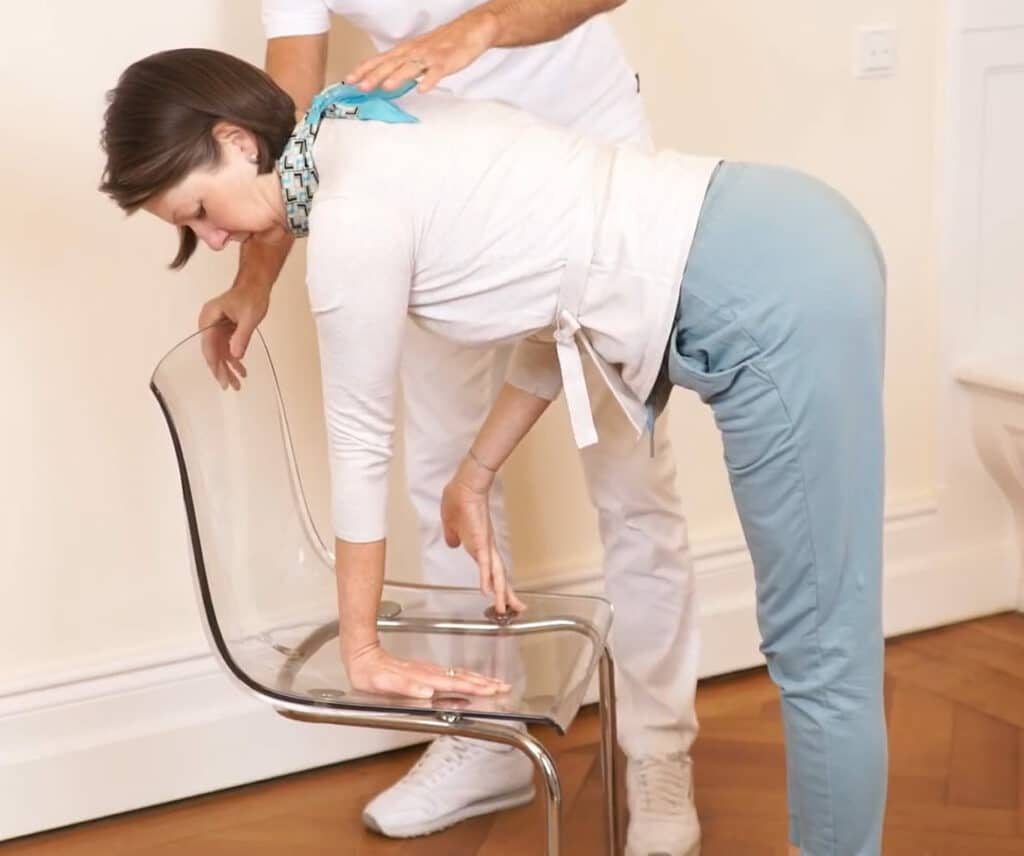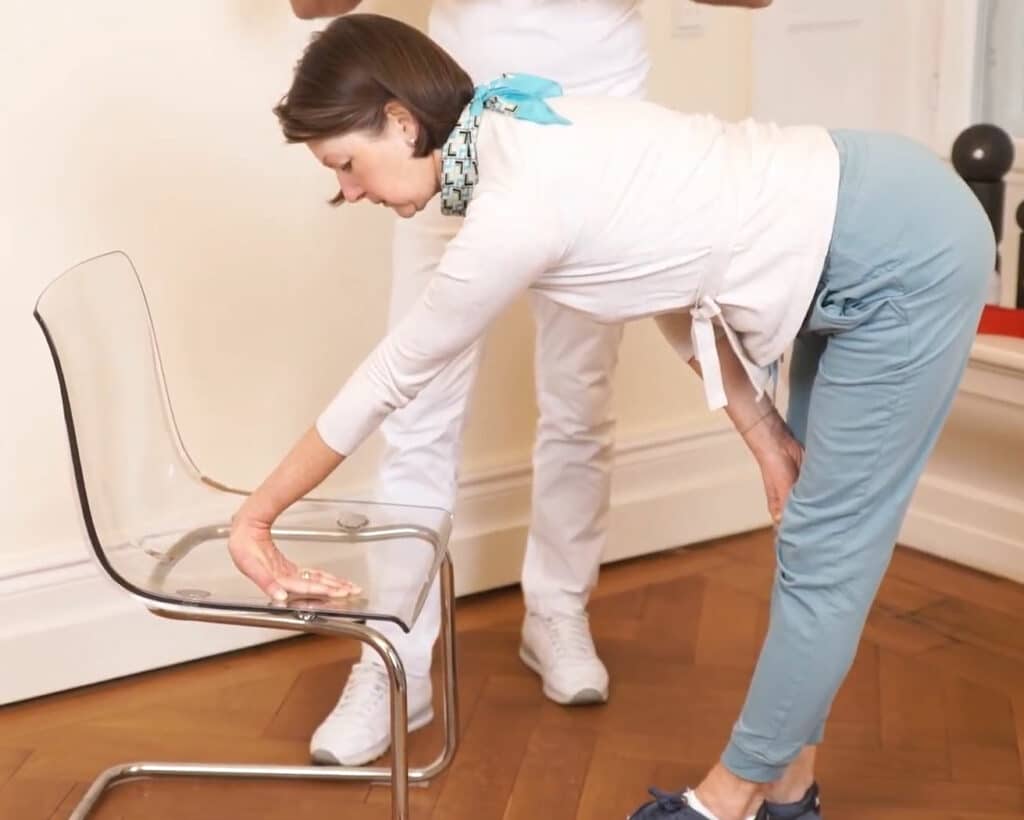Wrist Tendonitis
Wrist tendonitis treatment At Home
Body Part:
Wrist
Equipment:
None
Level:
Beginner
Wrist Tendonitis
Body Part:
Wrist
Equipment:
None
Level:
Beginner
Is typing tiring, gaming gruelling, or putting painful because of wrist tendonitis? If you find that your daily activities and weekend hobbies are causing burning and tingling around your wrist bones, you may have tendonitis. We’ve developed a 4-minute home stretch that makes treating wrist tendonitis easy. All you need is a chair. Jump to our routine or keep reading to learn more about the causes and symptoms of wrist tendonitis.
Wrist tendonitis is a condition that occurs when one or more of the tendons around your wrist joint becomes irritated or inflamed. Your wrist contains thick cords called tendons that connect your muscles to your bones and enable movement. The tendons are surrounded by tissue called a tendon sheath. Also called synovail lining, the tendon sheath protects the tendons during movement. At certain points in your wrist, the tendons cross each other. If one of your tendons becomes inflamed, it can cause pain, especially when moving your wrist.
Most commonly, wrist tendonitis is caused by activities that require repetitive movements. Working at a keyboard, texting, writing with a pen or pencil, cleaning, gardening, or regularly playing sports that involve your hands can bring on a bout of wrist tendonitis. Tendonitis that results from overstretching or shear stress commonly occurs on both sides of the wrist. 1)
Symptoms of wrist tendonitis include pain in the wrist area (that may increase with movement), weakness when performing an action over and over, a decreased range of motion, swelling, stiffness, warmth or redness in the affected area.

You’ll need a chair to perform this stretch.

After you’ve finished stretching, your hand may hurt. This is normal. Release the tension by wiggling your fingers and shaking your hand
Stretch your injured tendon 6 days a week and leave 1 day for rest. When the tingling and burning start to decrease, you can adjust how often you stretch.
Our tip: Do you only have time to work out or play sports at the weekend? Don’t skip your warm-up. Sudden, strenuous movement infrequently can shock your body and put you at risk for tendon injuries. A proper warm-up can increase your range of motion and decrease your chances of aggravating your tendons.

Take the pressure off of your median nerve with this 10-minute routine. No more tingling or numbness in your hands.
Relieve Carpal Tunnel PainTrigger finger is a condition where your fingers or thumbs freeze in a bent position. This 4-minute stretch can help with the pain, stiffness, and soreness.
Try NowDecompress your ulnar nerve and relieve the pain, numbness, and tingling in your elbow, forearm, and fingers.
Try Our Cubital Tunnel Routine